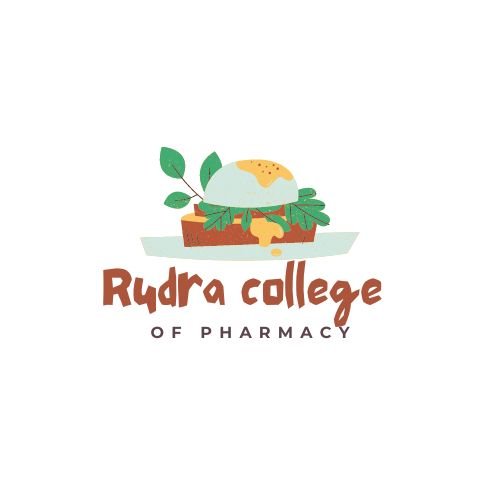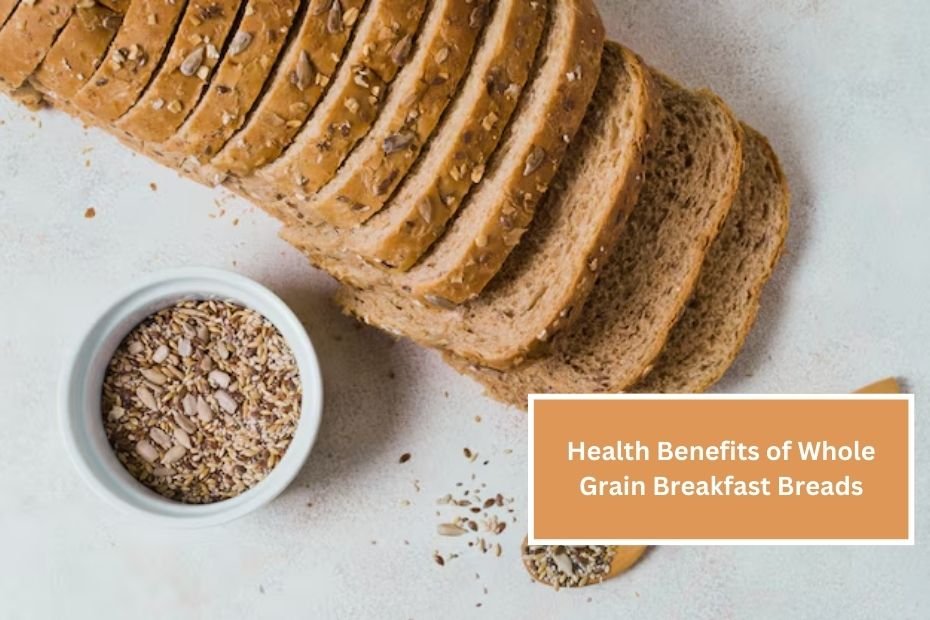Breakfast is often considered the most important meal of the day, and for good reason. It sets the tone for our energy levels and metabolism throughout the day. One of the best ways to start your morning is with whole grain breakfast breads. These nutritious options not only satisfy hunger but also come packed with a range of health benefits. In this article, we will explore the numerous advantages of incorporating whole grain breakfast breads into your diet, how to choose the right types, and some delicious recipes to try at home.
What Are Whole Grains?
Whole grains are grains that contain all parts of the seed, including the bran, germ, and endosperm. This means they are less processed than refined grains, which often have the bran and germ removed. Common whole grains include:
- Whole wheat
- Brown rice
- Oats
- Quinoa
- Barley
- Millet
Whole grain breakfast breads are made from these grains and can include varieties like whole grain bread, muffins, pancakes, and waffles.
Nutritional Benefits of Whole Grain Breakfast Breads
1. Rich in Nutrients
Whole grain breakfast breads are loaded with essential nutrients, including fiber, vitamins, and minerals. They are particularly rich in:
- B Vitamins: Whole grains are a good source of B vitamins, which are important for energy production and maintaining healthy brain function.
- Iron: This mineral is essential for transporting oxygen in the blood and supporting overall metabolism.
- Magnesium: Important for muscle and nerve function, magnesium also helps maintain normal blood pressure.
2. High in Fiber
One of the most significant health benefits of whole grain breakfast breads is their high fiber content. Fiber plays a crucial role in digestive health by promoting regular bowel movements and preventing constipation. Here are some ways fiber contributes to overall health:
- Weight Management: Fiber-rich foods help you feel full longer, which can reduce overall calorie intake and assist in weight management.
- Heart Health: A diet high in fiber is linked to lower cholesterol levels and a reduced risk of heart disease.
- Blood Sugar Control: Fiber can slow the absorption of sugar into the bloodstream, helping to stabilize blood sugar levels. This is particularly beneficial for individuals with diabetes or those at risk of developing the condition.
3. Lower Risk of Chronic Diseases
Consuming whole grains regularly is associated with a reduced risk of several chronic diseases. Studies have shown that people who eat whole grains are less likely to develop conditions such as:
- Type 2 Diabetes: The fiber and nutrients in whole grains help improve insulin sensitivity and regulate blood sugar levels.
- Heart Disease: Whole grains contribute to better heart health by improving cholesterol levels and lowering blood pressure.
- Certain Cancers: Some research suggests that a diet high in whole grains may lower the risk of certain cancers, including colorectal cancer.
4. Supports Healthy Digestion
Whole grains contain a significant amount of dietary fiber, which aids in digestion. Here’s how fiber supports digestive health:
- Promotes Regularity: Fiber helps bulk up stool and keeps things moving through the digestive tract, reducing the risk of constipation.
- Supports Gut Health: Some types of fiber act as prebiotics, feeding the beneficial bacteria in the gut. A healthy gut microbiome is essential for overall health and can influence everything from digestion to immunity.
5. Energy Boost
Whole grain breakfast breads provide a sustained source of energy due to their complex carbohydrates. Unlike refined grains, which can cause spikes and crashes in blood sugar, whole grains release energy more slowly, keeping you feeling energized throughout the morning. This is particularly important for those with busy schedules, as it helps maintain focus and productivity.
Choosing the Right Whole Grain Breakfast Breads
When selecting whole grain breakfast breads, it’s essential to read labels carefully. Here are some tips to ensure you’re making healthy choices:
- Look for “100% Whole Grain”: Ensure the label states “100% whole grain” or “100% whole wheat.” This guarantees that all parts of the grain are included.
- Check the Ingredient List: Whole grains should be the first ingredient listed. Avoid products with added sugars and unhealthy fats.
- Watch for Additives: Some whole grain products may still contain unhealthy additives, preservatives, and artificial flavors. Opt for brands with simple, recognizable ingredients.
Delicious Whole Grain Breakfast Bread Recipes
Incorporating whole grain breakfast breads into your diet is easy and delicious. Here are a few simple recipes you can try at home:
1. Whole Wheat Banana Bread
Ingredients:
- 1 ½ cups whole wheat flour
- ½ cup sugar (or honey/maple syrup)
- ½ teaspoon baking soda
- ½ teaspoon baking powder
- ½ teaspoon salt
- 2 ripe bananas, mashed
- 1/3 cup melted coconut oil or butter
- 2 eggs
- 1 teaspoon vanilla extract
Instructions:
- Preheat your oven to 350°F (175°C) and grease a loaf pan.
- In a bowl, mix the flour, sugar, baking soda, baking powder, and salt.
- In another bowl, combine the mashed bananas, melted oil, eggs, and vanilla.
- Mix the wet ingredients into the dry ingredients until just combined.
- Pour the batter into the prepared loaf pan and bake for 50-60 minutes or until a toothpick comes out clean.
- Let it cool before slicing.
2. Oatmeal Pancakes
Ingredients:
- 1 cup rolled oats
- 1 cup milk (or non-dairy milk)
- 1 egg
- 1 tablespoon honey or maple syrup
- 1 teaspoon baking powder
- ¼ teaspoon salt
- Optional: berries, nuts, or chocolate chips
Instructions:
- Blend the oats in a blender until they resemble flour.
- In a bowl, mix the oat flour, baking powder, and salt.
- In another bowl, whisk the milk, egg, and sweetener.
- Combine wet and dry ingredients and add any optional mix-ins.
- Heat a non-stick skillet over medium heat and pour ¼ cup of batter for each pancake.
- Cook until bubbles form on the surface, then flip and cook until golden brown.
3. Whole Grain Toast with Avocado
Ingredients:
- 2 slices of whole grain bread
- 1 ripe avocado
- Salt and pepper to taste
- Optional toppings: cherry tomatoes, red pepper flakes, or poached egg
Instructions:
- Toast the whole grain bread until golden brown.
- Mash the avocado in a bowl and season with salt and pepper.
- Spread the mashed avocado on the toast and add any additional toppings you like.
Conclusion
Whole grain breakfast breads are not just a delicious way to start your day; they offer numerous health benefits that can enhance your overall well-being. From improving digestion and aiding in weight management to lowering the risk of chronic diseases, the advantages are compelling. By choosing whole grain options and incorporating them into your breakfast routine, you can enjoy a nutritious and satisfying meal that fuels your day.
Remember, making small changes to your diet can lead to significant health improvements over time. So, why not give whole grain breakfast breads a try? Experiment with different recipes and toppings to find what you love. Your body will thank you for it!

